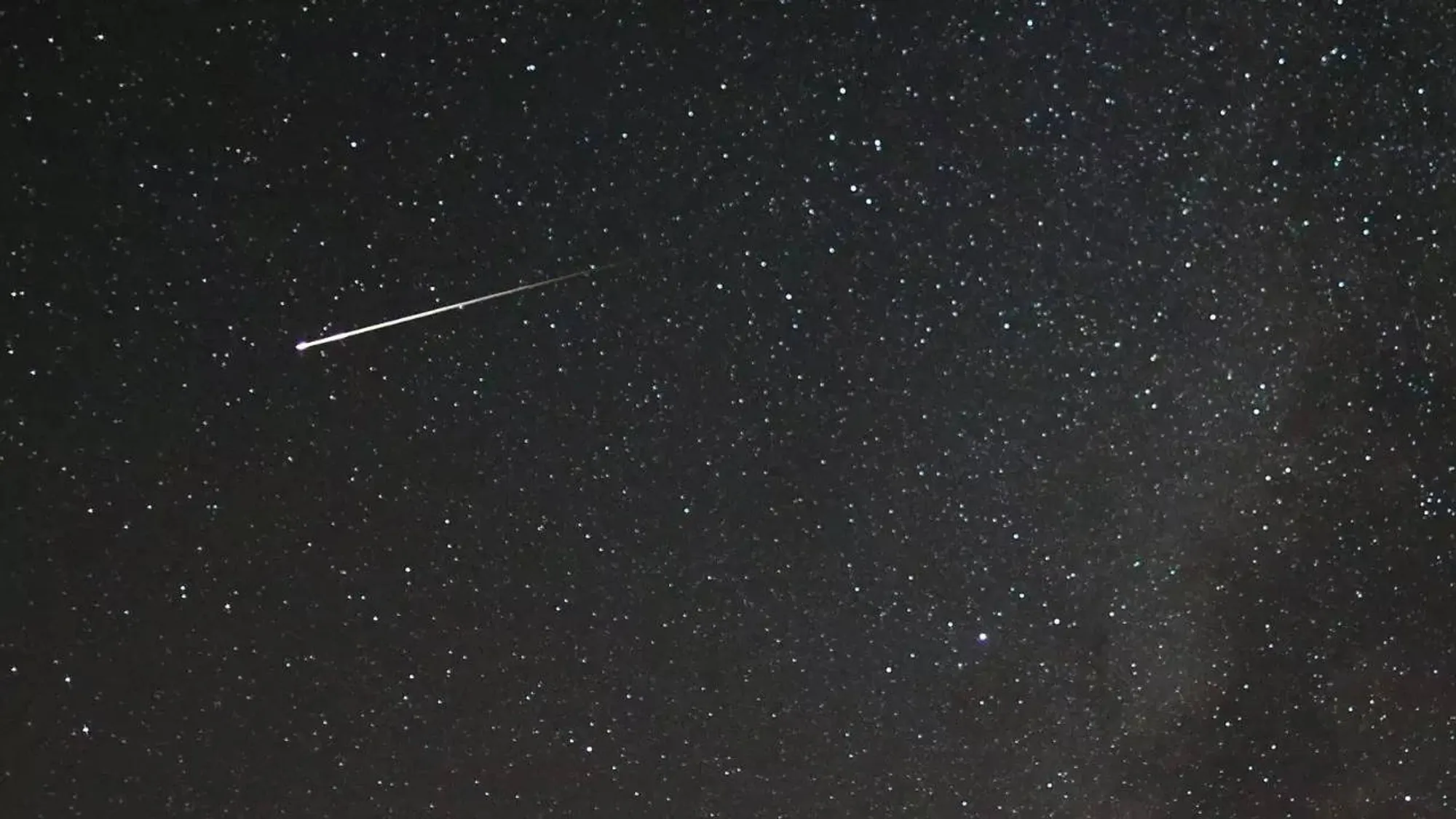

Two meteor showers, the Alpha Capricornids and the Southern Delta Aquariids, are set to peak on July 30 and July 31, coinciding within 24 hours. Earth will intersect with the orbits of comets 96P/Machholz and 169P/NEAT, causing the showers. Best viewing time is Wednesday night, with the Southern Hemisphere having the best visibility. The Southern Delta Aquariids will show 20-25 meteors per hour, while the Alpha Capricornids will display bright fireballs.


Two meteor showers, the Alpha Capricornids and the Southern Delta Aquariids, are set to peak on July 30 and July 31, coinciding within 24 hours. Earth will intersect with the orbits of comets 96P/Machholz and 169P/NEAT, causing the showers. Best viewing time is Wednesday night, with the Southern Hemisphere having the best visibility. The Southern Delta Aquariids will show 20-25 meteors per hour, while the Alpha Capricornids will display bright fireballs.
•Earth intersects with comets 96P/Machholz and 169P/NEAT causing the showers.
•Best viewing time is Wednesday night, with Southern Hemisphere having the best visibility.
•Southern Delta Aquariids to show 20-25 meteors per hour, while Alpha Capricornids will display bright fireballs.
Need any assistance with your queries?
Our AI chatbot support is always available to provide answers to any questions but to begin with, here are some of our most asked questions
When will the Alpha Capricornids and Southern Delta Aquariids meteor showers peak?
Where is the best viewing location for the double meteor shower?
How many meteors per hour can be expected during the Southern Delta Aquariids peak?








